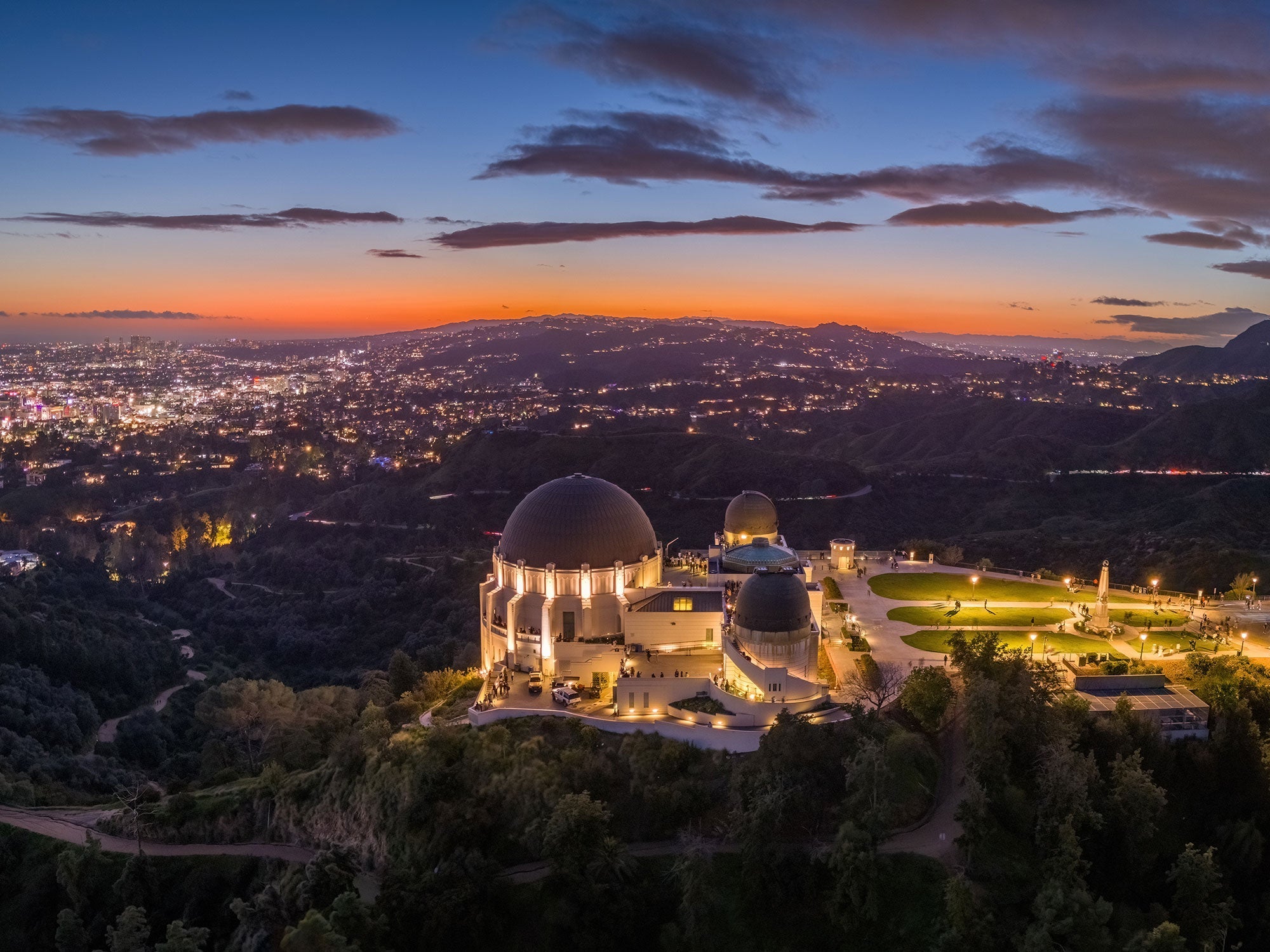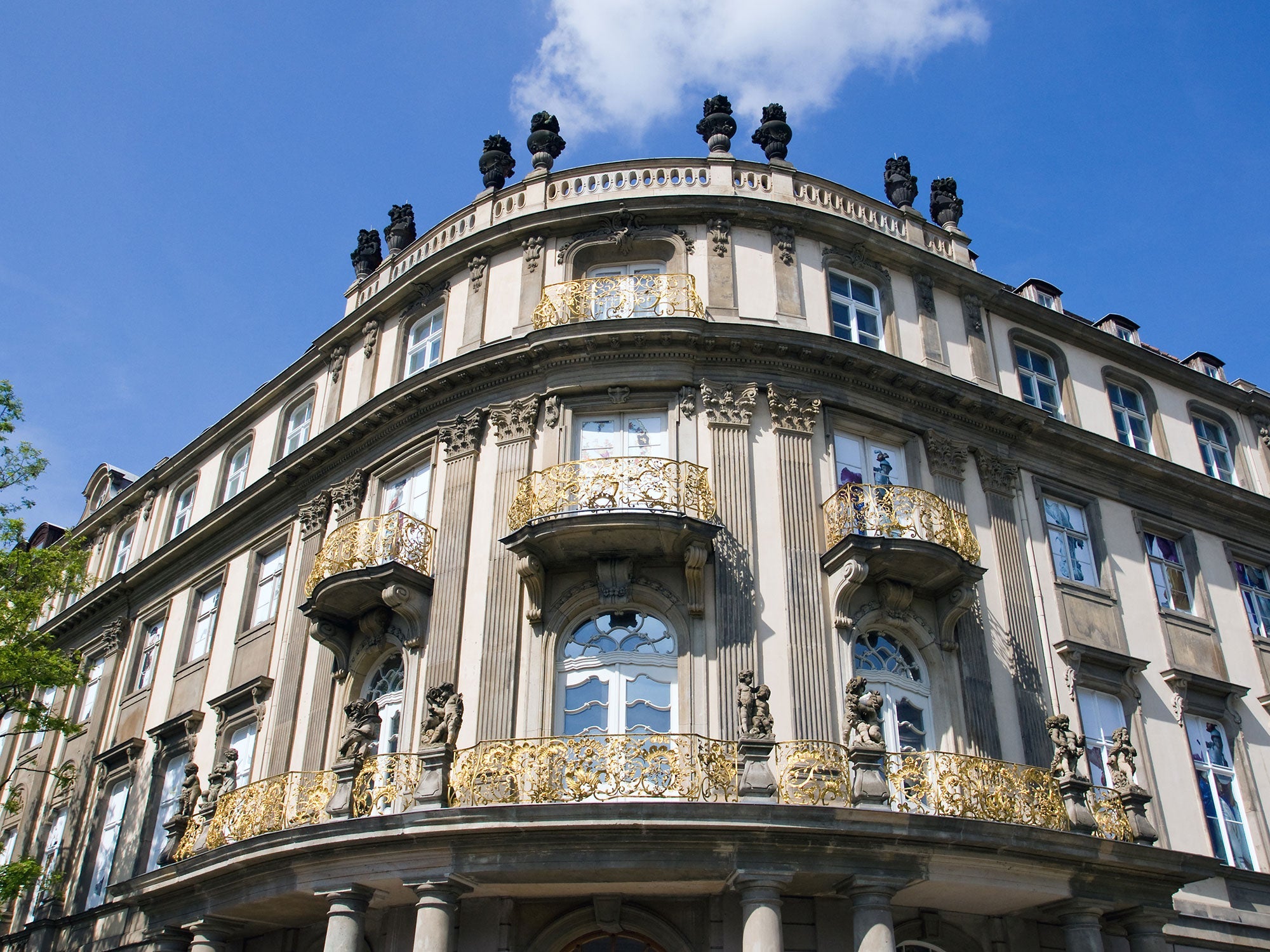
The ultimate guide to choosing the right Leica camera for your needs
Leica cameras have a long tradition. Ever since the first camera was manufactured in Wetzlar in 1914, Leica has helped shape photography. Do you want to buy a Leica camera? To help you choose the right camera, we have put together this Leica buying guide. The following article introduces you to the most important Leica camera models and their special features. Before that, a brief introduction to the brand is given. This is important in order to keep the following explanations comprehensible.
The history of Leica cameras
The first Leica camera was developed by Oskar Barnack. It was known as the "Lilliput" because of its compact size and revolutionized private photography. Since the 1930s, Leica has built on this success and introduced many innovations that have shaped the brand's reputation to this day. These include interchangeable lenses and the coupled rangefinder. In the 1950s, the illuminated rangefinder and automatic parallax compensation were added. In 1964, Leica's first SLR camera was produced in series.
Rangefinder cameras: a special place in the Leica range
Rangefinder cameras are at the heart of the Leica portfolio. Thanks to their compact design, precise manual focusing and outstanding image quality, these cameras offer unique possibilities for photographers. The M series in particular, which was introduced in 1954, is remarkable. The rangefinder technology makes it possible to see the subject and the surroundings at the same time, which is particularly advantageous in street and reportage photography. However, there are also disadvantages such as the possible deviation between the viewfinder image and the actual image as well as the challenge of focusing on fast-moving subjects.
Overall, these cameras appeal to both classic photography enthusiasts and professionals who value precision and high-quality mechanics. Their ease of use and ability to focus precisely even in low light also make them attractive to beginners who are serious about photography. That is why we have started our explanations with these models.
Tips for choosing a camera: the most important Leica series and the main models in the series
M series
The M series is known for its rangefinder cameras, which we have just introduced. A current model is the Leica M11, which offers modern technologies such as a full-frame BSI CMOS sensor with Triple Resolution technology and a powerful Maestro III processor. These cameras are ideal for photographers who prefer manual focusing and classic photography.
Q series
This series comprises compact full-frame cameras that are ideal for travel and excursions. The Leica Q3, for example, combines a fast Summilux lens with a high-resolution sensor for razor-sharp images. With its fixed focal length and fast autofocus, it is particularly suitable for street and reportage photography.
SL series
The mirrorless full-frame cameras of the SL series are designed for ambitious photographers and professionals. The Leica SL2 offers high resolution and versatility, while the SL2-S is particularly impressive in low light conditions. This series also offers outstanding video performance and is therefore a good choice for you if you not only want to take photos, but also movies.
TL series
The mirrorless APS-C cameras in the TL series are compact and user-friendly. They are therefore ideal for beginners and advanced photographers alike. They offer good image quality and a wide range of applications. The Leica TL2 impresses with its minimalist design and fast autofocus, making it an excellent everyday camera.
CL series
The CL series includes both classic rangefinder cameras and modern digital models. The digital Leica CL is user-friendly, easy to operate and produces excellent images. Its retro design and technical features make it interesting for fans of classic photography as well as digital camera fanatics.
S series
The S series is the choice for professional photographers who need the quality of a CNC. The Leica S3 guarantees particularly good image quality. The color reproduction in particular stands out positively. They are ideal cameras for studio and landscape photography, where attention to detail is important.
Leica and analog photography
Leica continues to produce analog cameras and keeps the tradition and charm of analog photography alive. Models such as the Leica M-A and the MP are classic mechanical cameras that do not require batteries and allow completely manual operation. These cameras are very popular with purists as they allow authentic photography.
Accessories and lenses
Last but not least, the possibility of choosing many different types of additional accessories and lenses is one of the decisive factors to consider. Leica offers many lenses of the highest quality. These are known for their sharpness and high light transmission. Accessories such as viewfinders, flash units, adapters, numerous camera straps or a robust camera bag are also included. The following applies to the selection: even if the camera is a top model, it must always match the accessories. You should make your decision accordingly.
You can also find the right camera bag for your equipment and everything you need to protect your camera in our Oberwerth Shop. From classic camera bags to modern sling bags up to noble photo weekenders and backpacks. Of course you will also find Hand straps and shoulder straps. Finest craftsmanship made from the best materials. Take a look around and find the bags & accessories that best suit you and your equipment!
Conclusion: Your own needs decide in detail which Leica camera is right for you
The previous paragraphs show: The range of Leica cameras is wide. All devices offer modern systems that have been developed to meet the highest demands. However, each series and each model of the brand has its own specific strengths, which are tailored to different photographic needs and preferences. The M series is perfect for photographers who want the art of precise manual focusing and classic photography with a more classical feel. The Q series is more suitable for travel photographers and people who want to capture every moment. Professionals and ambitious photographers will find high-performance mirrorless full-frame cameras in the SL series. Beginners and advanced photographers should consider the TL series. The CL series offers a good balance of classic photography and modern technology. The S series is designed for the highest image quality and attention to detail in studio and landscape photography. For lovers of analog photography, Leica continues to offer high-quality mechanical cameras.
All in all, when choosing the right Leica camera, it is crucial to consider your own needs in detail. This is the only way to find a camera that really meets your requirements.

